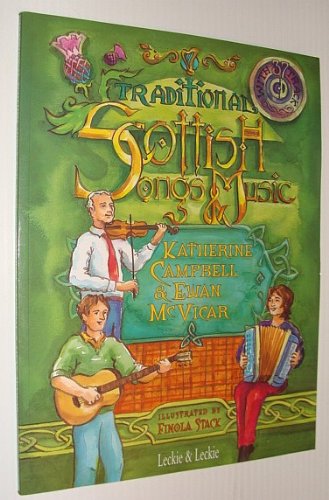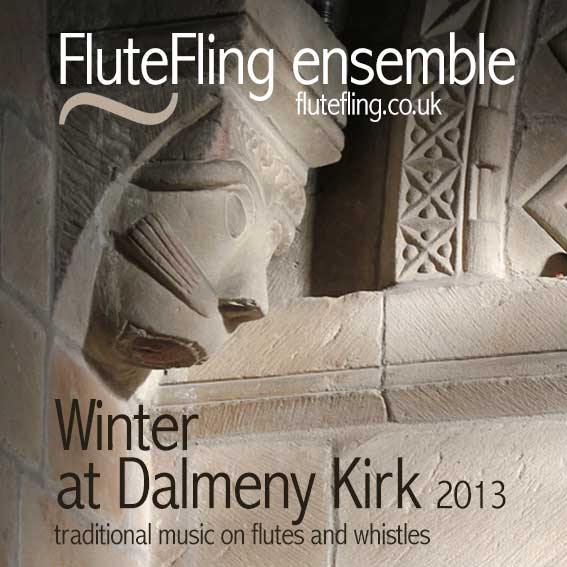Katie Bairdie is the most recent tune we have covered can be played as a strathspey, a schottische, a reel, a waltz and it was originally a march on the highland pipes.
Resources for this can be found on the Resources page for the year.
The tune is one with a very ancient and coloured history. It’s often taught in schools as a playground song, Katie Bairdie, which has lots of variations. It’s great to teach in schools as a spur for songwriting. Singer Christine Kydd has recorded some of these with schools and written on the background of the song, with one suggestion being it can be traced back to 1628.
 However, there is evidence that the melody goes back further than that. Katherine Campbell and Ewan McVicar include it in their schools’ anthology, Scottish Traditional Songs and Music. There is it called Sherramuir March or The Stewart’s March. It was originally a pipe tune with 9 parts entitled Gabhaidh Sin An Rathad Mór (We Will Take the High Road), and associated with the MacIntyres of Cruachan, Argyll. The Stewarts of Appin then claimed it and played it when returning from the Battle of Pinkie in 1547. The Gaelic title refers to the Battle of Inverlochy of 1644.
However, there is evidence that the melody goes back further than that. Katherine Campbell and Ewan McVicar include it in their schools’ anthology, Scottish Traditional Songs and Music. There is it called Sherramuir March or The Stewart’s March. It was originally a pipe tune with 9 parts entitled Gabhaidh Sin An Rathad Mór (We Will Take the High Road), and associated with the MacIntyres of Cruachan, Argyll. The Stewarts of Appin then claimed it and played it when returning from the Battle of Pinkie in 1547. The Gaelic title refers to the Battle of Inverlochy of 1644.
It was played by the Stewarts of Perthshire at the Battle of Sherrifmuir of 1715, which is where the English title comes from. James Hogg may have added lyrics to the tune and Robert Burns also wrote about the battle.
Eventually the Katie Bairdie lyrics are added and at some point it also becomes the tune for London Bridge is Falling Down, itself an old song. More information from Education Scotland, which also quotes from Campbell and McVicar.
However the story doesn’t end there, as it is also goes by the title Kafoozalum, the title of a bawdy song to the tune printed in the USA in the mid 19thC. I have seen reference to it being in vaudeville theatre and a search shows that Rudyard Kipling and James Joyce referenced it in their own ways.
More recently, Belfast flute Harry Bradley recorded it on his first CD and called it Davy Maguire’s after the flute player he associated with it. Davy Maguire teaches flute in Belfast and else where. Here the snaps have been smoothed out, but it is recognisably the same tune:

 Tarbolton in Ayrshire has strong associations with Robert Burns, so it is sometimes a surprise to discover a very popular Irish reel that bears its name. The Tarbolton — sometimes called The Tarbolton Reel — was popularised by County Sligo fiddle master Michael Coleman in a set that is often played today.
Tarbolton in Ayrshire has strong associations with Robert Burns, so it is sometimes a surprise to discover a very popular Irish reel that bears its name. The Tarbolton — sometimes called The Tarbolton Reel — was popularised by County Sligo fiddle master Michael Coleman in a set that is often played today.

 S’iomadh Rud A Chunnaic Mi (Many’s the Thing I Saw) is the latest Slow and Steady tune and is a piece of port a beul (mouth music) that is also a reel. The largely straightforward construction of this tune makes it suitable for getting to grips with the rhythm of the reel.
S’iomadh Rud A Chunnaic Mi (Many’s the Thing I Saw) is the latest Slow and Steady tune and is a piece of port a beul (mouth music) that is also a reel. The largely straightforward construction of this tune makes it suitable for getting to grips with the rhythm of the reel.